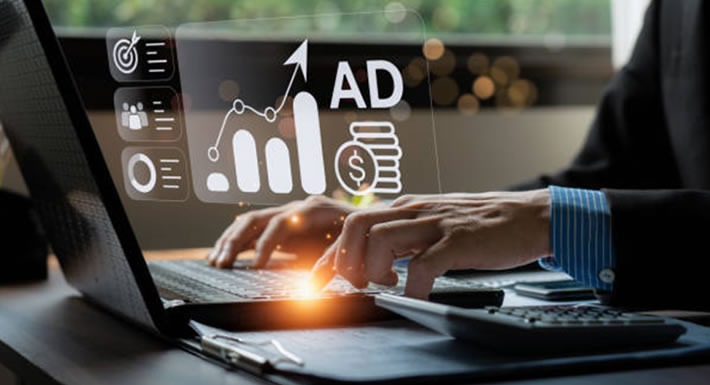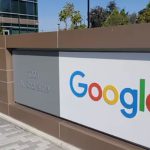
Paid search has always evolved, with technological shifts—from keyword match types to automation—pushing advertisers to continuously rethink their approaches. In 2025, however, the landscape faces its most significant change yet: AI-driven search experiences. With Google rolling out “AI Mode” and embedding generative answers directly into search results, adapting PPC strategy has become essential as the very nature of paid search advertising is being redefined at its core.
From Queries to Conversations
Traditional search relied on a simple formula: type a query, scan the results, click an ad or organic listing. AI Mode changes that completely. Now, users enter a query and receive an AI-generated overview—a conversational summary that encourages refinement and deeper exploration.
For advertisers, this means ads are no longer only competing for attention above or below blue links. Instead, they can appear inside the AI journey itself. Google pulls inventory from existing campaign types (Search, Shopping, Performance Max, App campaigns), seamlessly embedding them into the flow of answers.
This creates new opportunities, but also new risks. Where ads show up, how often, and in what context is less transparent than before.
The Rise of Zero-Click Searches
AI-driven search is accelerating the move toward zero-click behavior, as users are increasingly satisfied by what Google surfaces directly, reducing the need to visit websites. By mid-2025, nearly seven in ten searches end without a click, a sharp jump from just over half a year earlier.
For publishers and brands depending on organic traffic, this trend is alarming. For advertisers, it emphasizes the importance of adapting PPC strategy: paid campaigns may be the most reliable way to reach audiences. At the same time, fewer outbound clicks lead to higher competition for limited inventory, potentially driving cost-per-click (CPC) inflation.
What This Means for Advertisers
-
Measurement Gaps
Google does not currently separate reporting between AI Mode impressions and traditional search. That leaves advertisers “bidding blind,” unable to track exactly how campaigns perform within this new ecosystem. Businesses must build their own measurement frameworks—tying PPC spend to CRM systems, mid-funnel conversions, and modeled attribution. -
Creative Evolution
Ads now need to feel natural within conversational journeys. Instead of blunt calls like “Buy now,” successful ads will invite exploration: “Compare your best options in minutes” or “Estimate your cost instantly.” Relevance, empathy, and helpfulness become central to creative ppc strategy. -
Competitive Dynamics
Big-budget advertisers with robust data, product feeds, and broad match campaigns may gain the upper hand, while smaller players risk being squeezed. To survive, niche brands must sharpen targeting, leverage negative keywords, and double down on audience signals. -
Brand Safety Risks
AI-generated summaries are not immune to errors. Ads placed alongside misleading or strange outputs may expose brands to reputational risks. Marketers will need stricter brand safety monitoring and, in some cases, may need to decide which contexts are unacceptable for ad placement.
PPC in the AI Era Checklist
For advertisers navigating this transformation, here’s a practical checklist to stay competitive:
-
Shift mindset from keywords to journeys. Map conversational paths users may take and build ads that support discovery, comparison, and decision-making.
-
Polish your product data. Ensure feeds are structured, accurate, and entity-rich to maximize eligibility for AI-powered ad placements.
-
Audit ad copy for conversation-friendliness. Replace transactional CTAs with softer, context-aware prompts that align with how people interact with AI search.
-
Layer in automation wisely. Use broad match and smart bidding for scale, but apply negatives and audience exclusions to control waste.
-
Expand measurement beyond last click. Track assisted conversions, on-site engagement, and long-tail customer actions to see real value.
-
Monitor CPC and ROI closely. Rising costs are inevitable; test budget allocations across segments and channels to maintain efficiency.
-
Strengthen brand safety protocols. Define unacceptable contexts, monitor placements, and be ready to act if AI-generated content misrepresents your brand.
-
Plan for regulatory change. Expect scrutiny over labeling, transparency, and ad disclosure in AI environments; stay ahead of compliance issues.
The Bigger Picture
AI Mode isn’t an experiment—it’s a permanent transformation in how search functions. Google, Microsoft, and other platforms are betting on AI-assisted search journeys as the future. For advertisers, the transition will be messy: less transparency, rising costs, and evolving creative demands.
But those who adapt—by reframing campaigns around journeys, improving data readiness, and building new measurement frameworks—can turn disruption into advantage. In the AI era of paid search, adapting PPC strategy isn’t optional; it’s the new currency of success.









